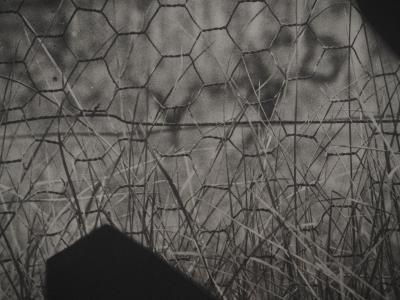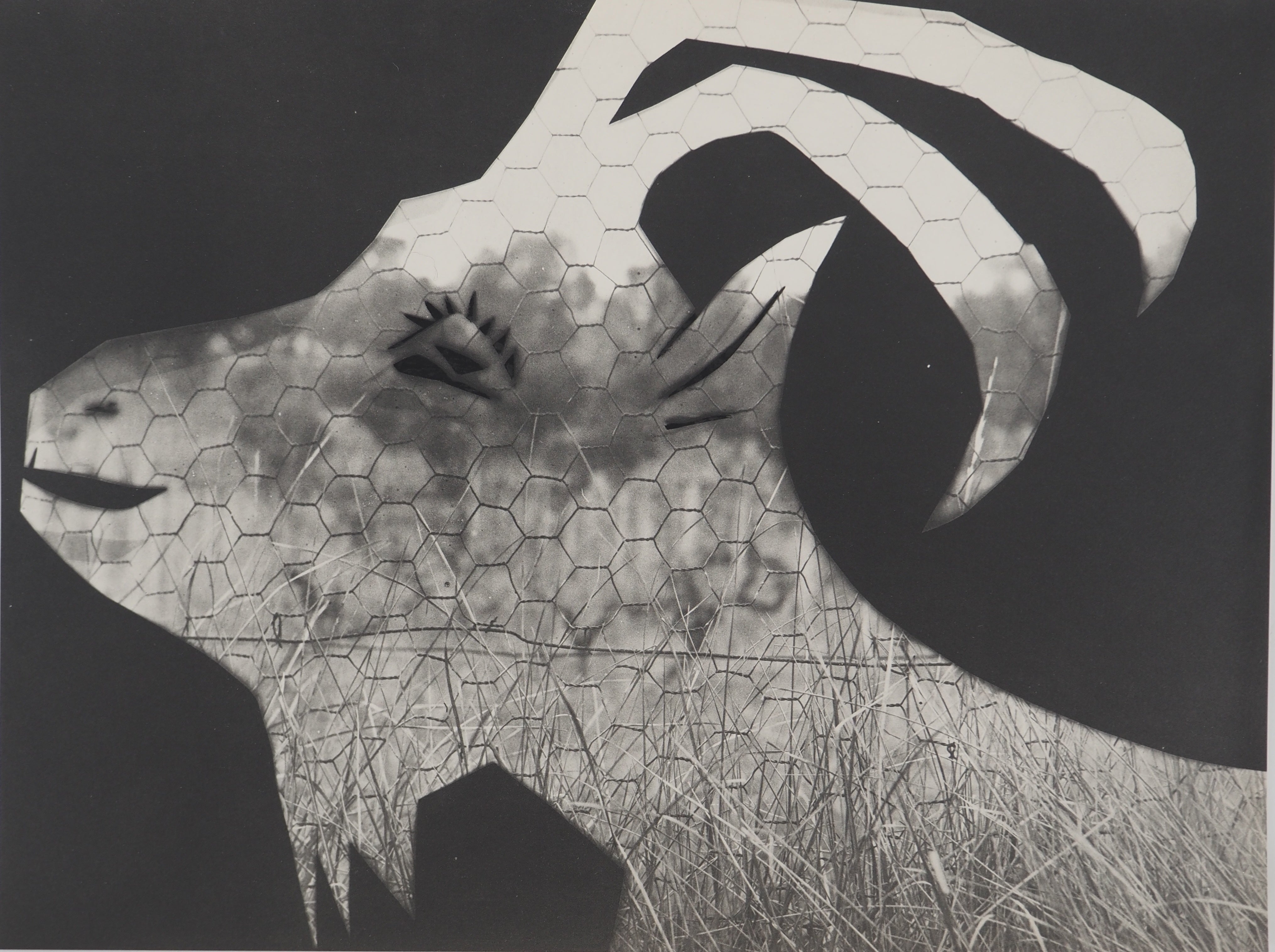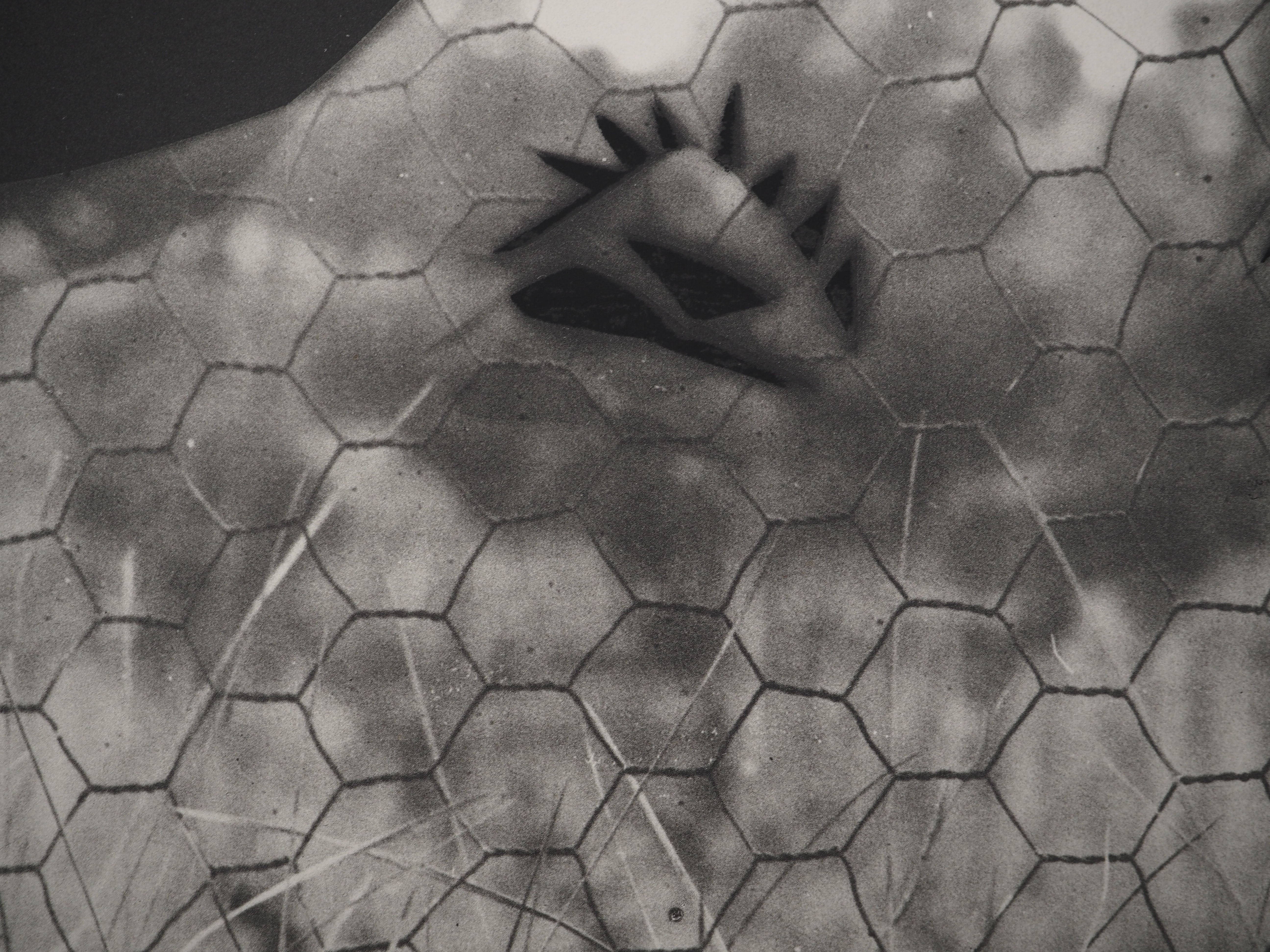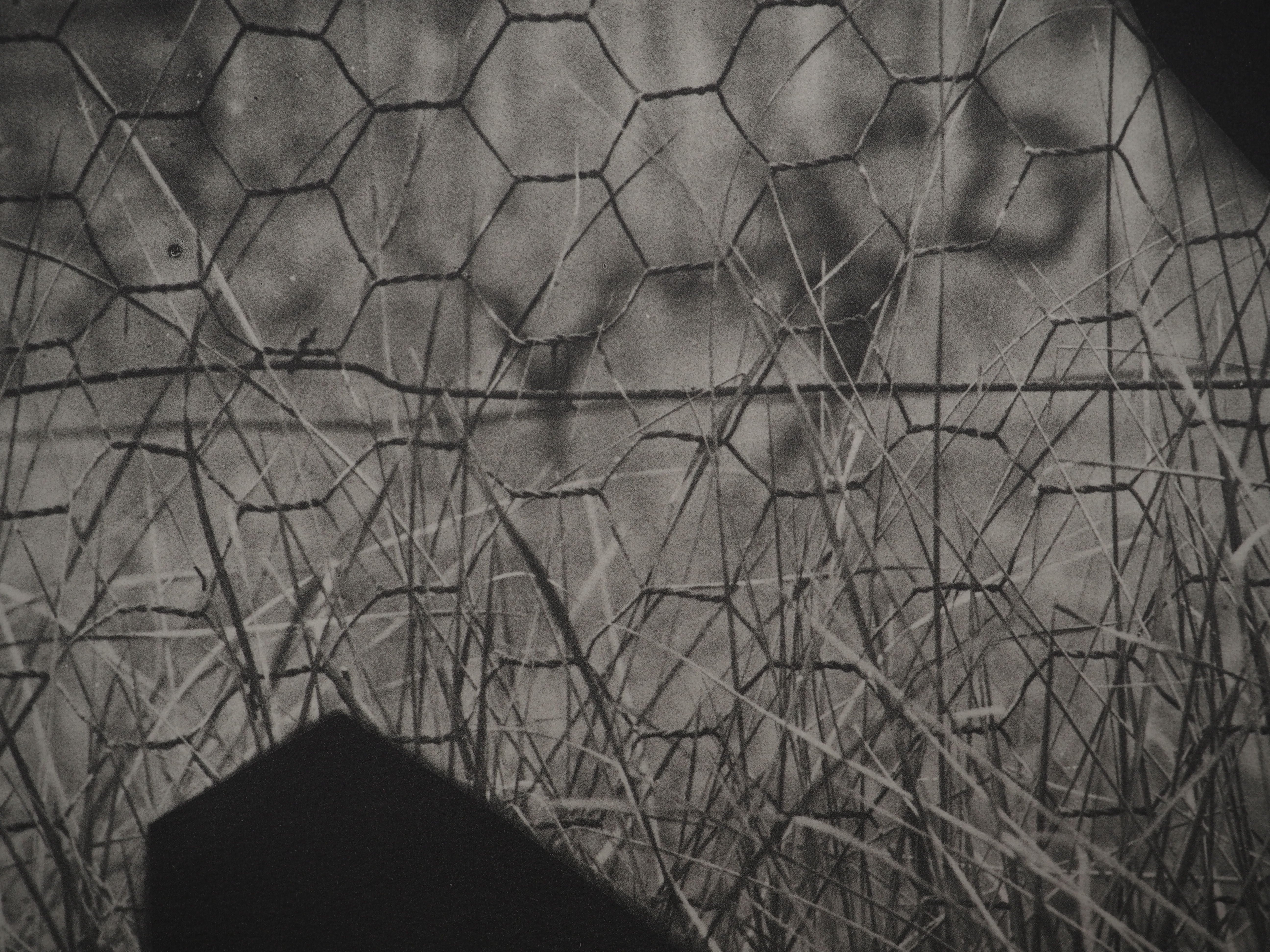-
-
- Alex Katz(1)
- Alexander Calder(15)
- André Derain(83)
- Andy Warhol(16)
- Antoni Tapiès(23)
- Arman(29)
- Aurélie Nemours(1)
- Bengt Lindström(8)
- Bernard Buffet(174)
- César(10)
- Charles Eames(1)
- Charlotte Perriand(17)
- Claude Weisbuch(44)
- Corneille van Beverloo(15)
- Eduardo Chillida(5)
- François Morellet(1)
- Georges Braque(71)
- Gustav Klimt(5)
- Hans Bellmer(19)
- Hans Hartung lithograph(25)
- Henri Matisse(150)
- Hervé Télémaque(4)
- Jacques Villeglé(5)
- Jean Cocteau(228)
- Jean Hélion(6)
- Jean Miotte(5)
- Jean Picart Le Doux(5)
- Joan Miro(114)
- Karel Appel(1)
- Keith Haring(8)
- Ladislas Kijno(2)
- Léonard Tsugouharu Foujita(37)
- Leonor Fini(101)
- Louis Toffoli(7)
- Marc Chagall(369)
- Marie Laurencin(44)
- Maurice de Vlaminck(75)
- Maurice Utrillo(12)
- Max Ernst(36)
- Mimmo Rotella(4)
- Niki de Saint Phalle(5)
- Pablo Picasso(404)
- Peter Klasen(6)
- Philippe Pasqua(3)
- Pierre Alechinsky(34)
- Pierre Soulages lithographs(30)
- Pierre Tal-Coat(6)
- Pierre-Yves Trémois(32)
- Raoul Dufy(48)
- Robert Combas(6)
- Salvador Dali(389)
- Théo Tobiasse(5)
- Tony Soulié(5)
- Valério Adami(23)
- Yves Brayer(40)
- Zao Wou-Ki(9)
Top artists -
-
-
-
- Alex Katz(1)
- Alexander Calder(15)
- André Derain(83)
- Andy Warhol(16)
- Antoni Tapiès(23)
- Arman(29)
- Aurélie Nemours(1)
- Bengt Lindström(8)
- Bernard Buffet(174)
- César(10)
- Charles Eames(1)
- Charlotte Perriand(17)
- Claude Weisbuch(44)
- Corneille van Beverloo(15)
- Eduardo Chillida(5)
- François Morellet(1)
- Georges Braque(71)
- Gustav Klimt(5)
- Hans Bellmer(19)
- Hans Hartung lithograph(25)
- Henri Matisse(150)
- Hervé Télémaque(4)
- Jacques Villeglé(5)
- Jean Cocteau(228)
- Jean Hélion(6)
- Jean Miotte(5)
- Jean Picart Le Doux(5)
- Joan Miro(114)
- Karel Appel(1)
- Keith Haring(8)
- Ladislas Kijno(2)
- Léonard Tsugouharu Foujita(37)
- Leonor Fini(101)
- Louis Toffoli(7)
- Marc Chagall(369)
- Marie Laurencin(44)
- Maurice de Vlaminck(75)
- Maurice Utrillo(12)
- Max Ernst(36)
- Mimmo Rotella(4)
- Niki de Saint Phalle(5)
- Pablo Picasso(404)
- Peter Klasen(6)
- Philippe Pasqua(3)
- Pierre Alechinsky(34)
- Pierre Soulages lithographs(30)
- Pierre Tal-Coat(6)
- Pierre-Yves Trémois(32)
- Raoul Dufy(48)
- Robert Combas(6)
- Salvador Dali(389)
- Théo Tobiasse(5)
- Tony Soulié(5)
- Valério Adami(23)
- Yves Brayer(40)
- Zao Wou-Ki(9)
Top artists -
-
Pablo PICASSO: Diurnal, The Goat at the Fence, Original Phototype
The Goat at the Fence, 1962
Original phototype and stencil (Atelier Jacomet)
Unsigned
Limited to 1000 unnumbered copies
On thick paper 40 x 30 cm
REFERENCE: Cramer Catalogue Raisonné #115
INFORMATION: Using a technique used since 1943, Picasso had made cut-outs of heads and silhouettes. In 1962, with his friend the photographer André Villers, he mounted the cut-outs on
different photographs, 30 in all, thus varying their effect and value. The entire collotype was published by Berggruen in the portfolio "Diurnes" printed in 1000 copies.
Excellent condition
La chèvre au grillage, 1962
Phototypie et pochoir originale (Atelier Jacomet)
Non signée
Limitée à 1000 exemplaires non numérotés
Sur papier épais 40 x 30 cm
REFERENCE : Catalogue raisonné Cramer #115
INFORMATION : Reprenant une technique utilisée dès 1943, Picasso avait fait des découpages de têtes et de silhouettes. En 1962 avec son ami le photographe André Villers, il monta les découpages sur
des photographies différentes, 30 en tout, variant ainsi leur effet et leur valeur. L'ensemble des phototypies a été publié par Berggruen dans le portfolio "Diurnes" tiré à 1000 exemplaires.
Excellent état
Stencil :
The stencil is a printing technique made using a cover (in zinc for example) that prevents paint or ink from flowing. The stencil is then applied to the printed proof by etching, lithography, screen printing or phototyping. Many stencils must be traced and cut to obtain an accurate reproduction of the work.
 Pablo Picasso :
Pablo Ruiz Picasso is one of the greatest artists of the 20th century.
Born in Malaga in 1881, he arrives at Barcelona at 15 and makes his first exposition five years later. He established himself at "Bateau-Lavoir" studio in Paris (Montmartre) in 1904. His early paintings are classical at that time and divided by periods, the "blue period" (1901-1904) followed by the "pink period" (1904-1906).
Marked by new influences (Ingres, Cézanne, Gauguin) and new meetings (Matisses, Braques, Derain), Picasso's painting made a radical turn clearly perceptible in his "Demoiselles d’Avignon" (1906-1907). This geometrization which quickly became fragmentation, followed by Braque, announced the birth of Cubism. In this revolutionary artistic impulsion, the year 1911 is marked by the first "papiers collés" of the art History. His native Spain clearly influenced his works between 1930-1944. Affected by the Civil War, he awaked himself to militancy with "Guernica", 1937. A same anxiety can be felt through his parisian works during Second World War ("Still life with steer skull", 1942). His setting in the south of France and his membership to the Communist Party in 1944 gives way to hope in his painting ("La joie de vivre", 1946). Years 1950-1960 show the influence of contemporaries such as Matisse and great masters as Delacroix, Velázquez, Manet or David. He works until his death in Mougins, in 1973.
Pablo Picasso :
Pablo Ruiz Picasso is one of the greatest artists of the 20th century.
Born in Malaga in 1881, he arrives at Barcelona at 15 and makes his first exposition five years later. He established himself at "Bateau-Lavoir" studio in Paris (Montmartre) in 1904. His early paintings are classical at that time and divided by periods, the "blue period" (1901-1904) followed by the "pink period" (1904-1906).
Marked by new influences (Ingres, Cézanne, Gauguin) and new meetings (Matisses, Braques, Derain), Picasso's painting made a radical turn clearly perceptible in his "Demoiselles d’Avignon" (1906-1907). This geometrization which quickly became fragmentation, followed by Braque, announced the birth of Cubism. In this revolutionary artistic impulsion, the year 1911 is marked by the first "papiers collés" of the art History. His native Spain clearly influenced his works between 1930-1944. Affected by the Civil War, he awaked himself to militancy with "Guernica", 1937. A same anxiety can be felt through his parisian works during Second World War ("Still life with steer skull", 1942). His setting in the south of France and his membership to the Communist Party in 1944 gives way to hope in his painting ("La joie de vivre", 1946). Years 1950-1960 show the influence of contemporaries such as Matisse and great masters as Delacroix, Velázquez, Manet or David. He works until his death in Mougins, in 1973.
-
Create an alert
Create an alert
Please subscribe to our free alert service to be notified when a similar item is available on the website.
This item is not available. Please click on « View the catalog » to see similar items available.











